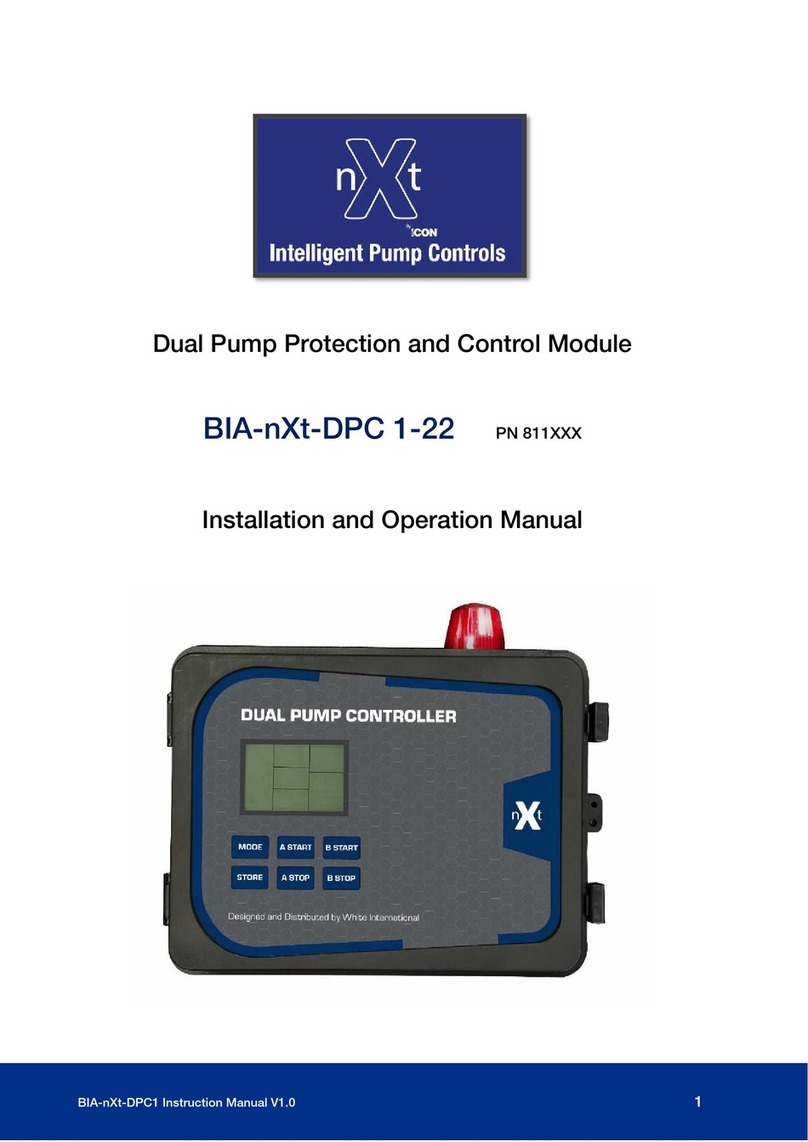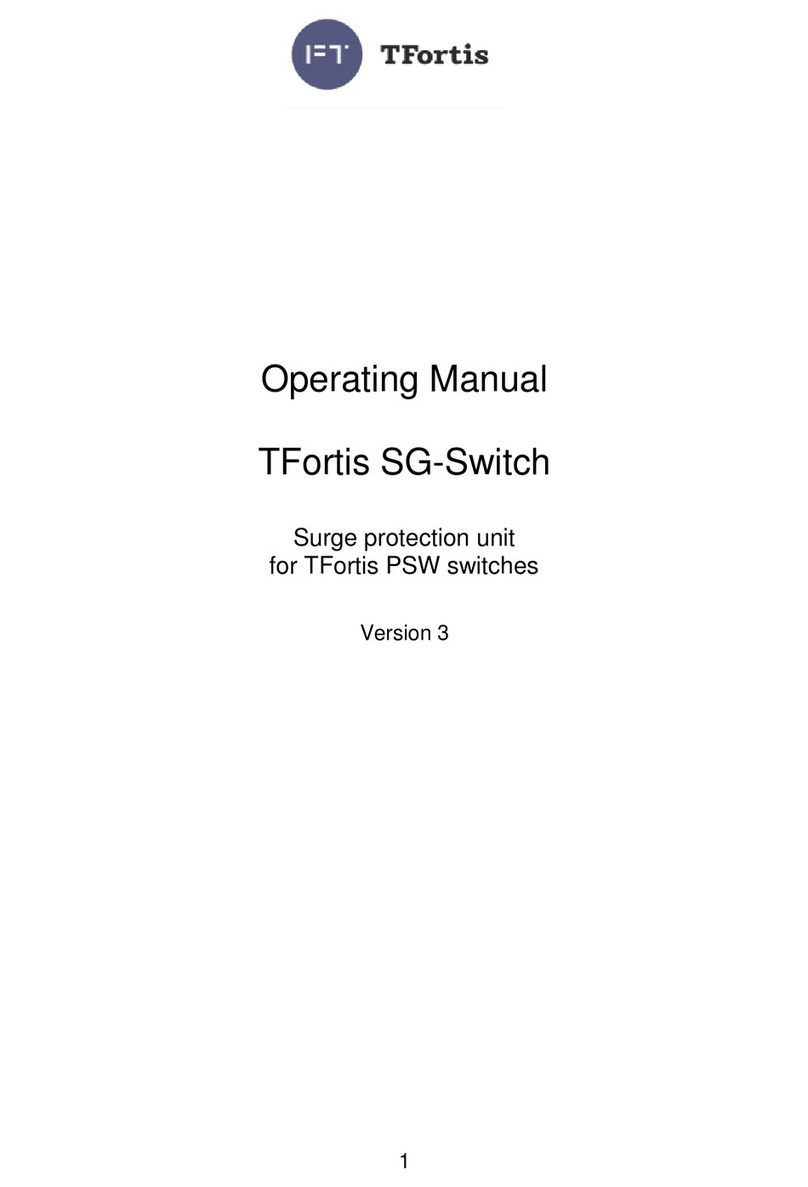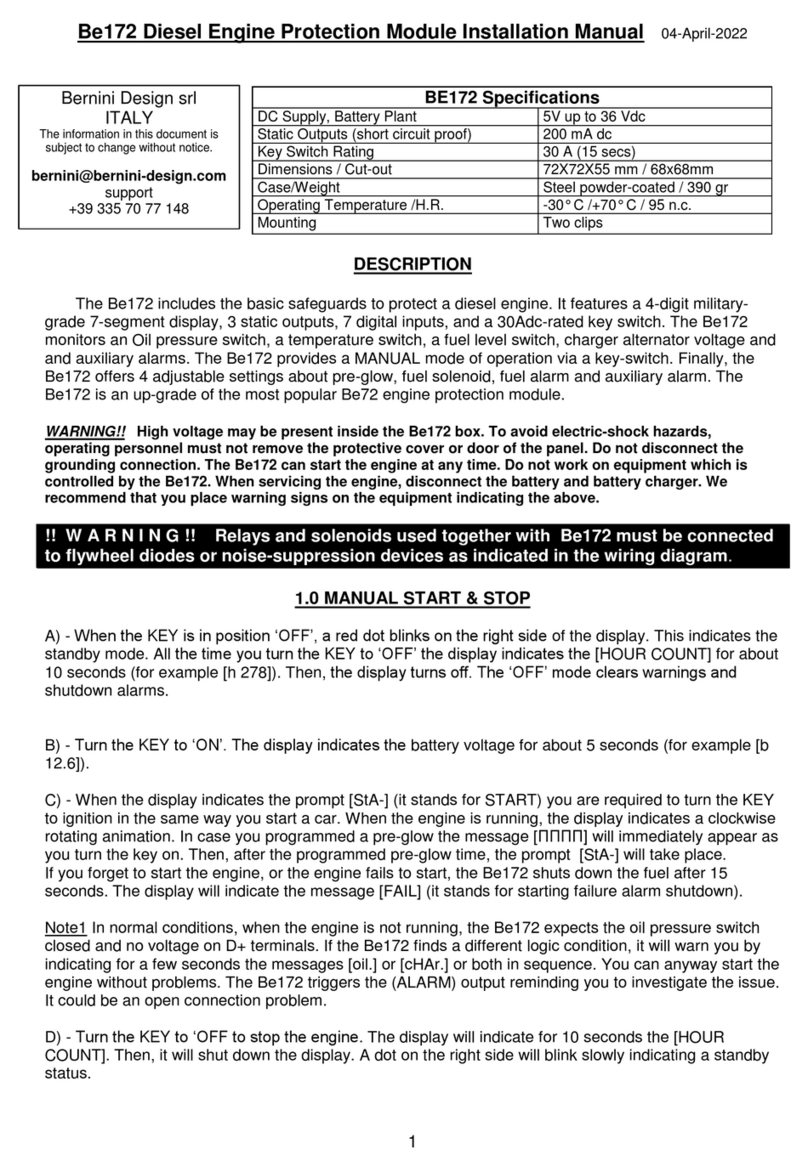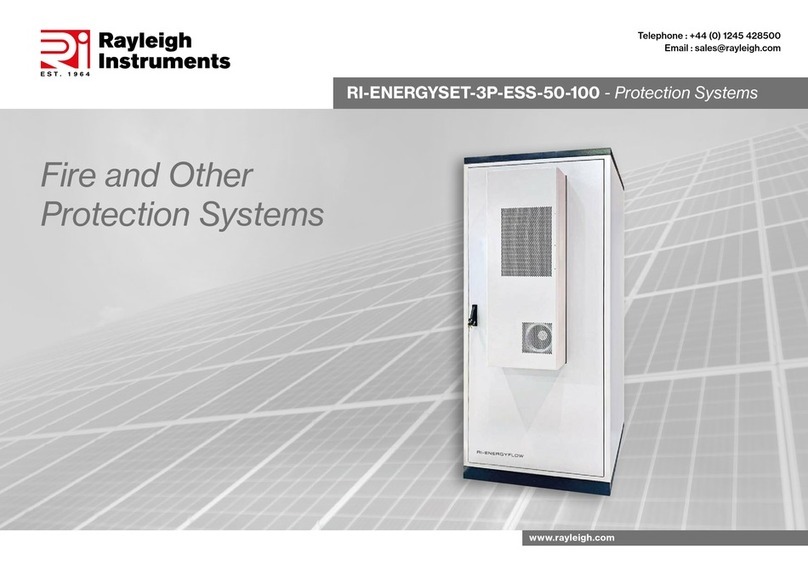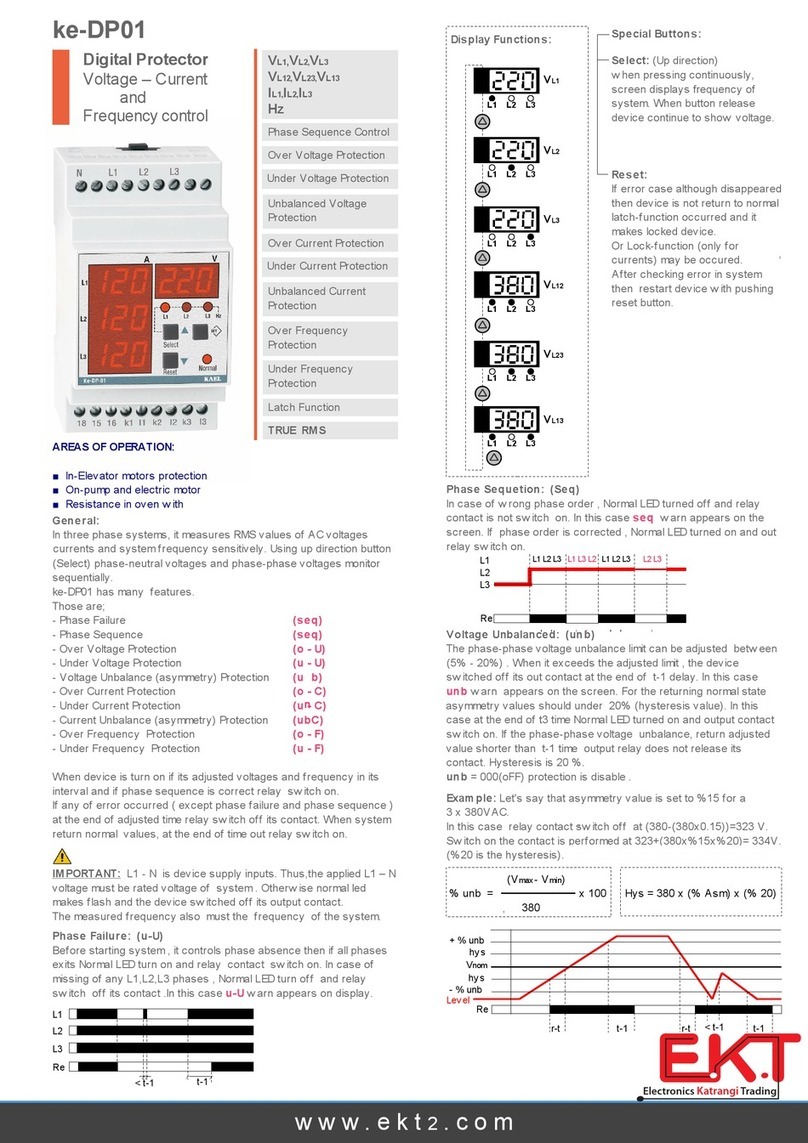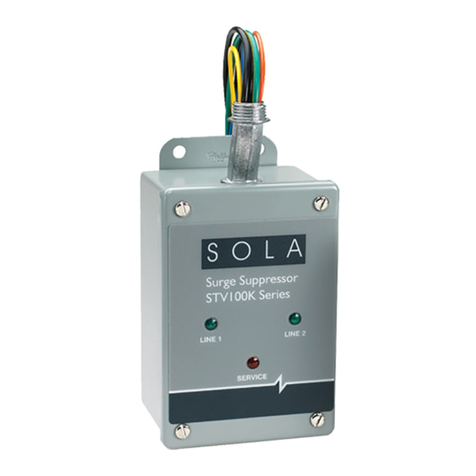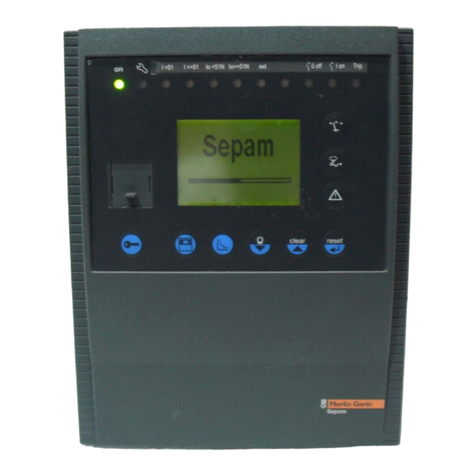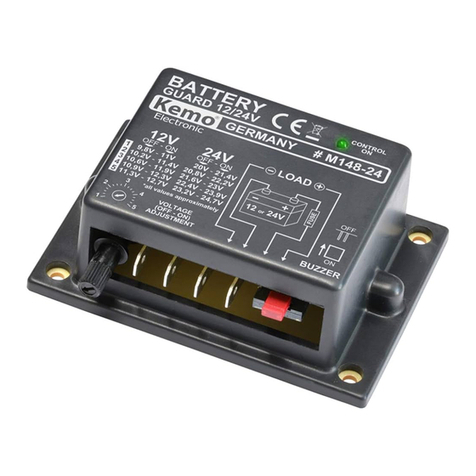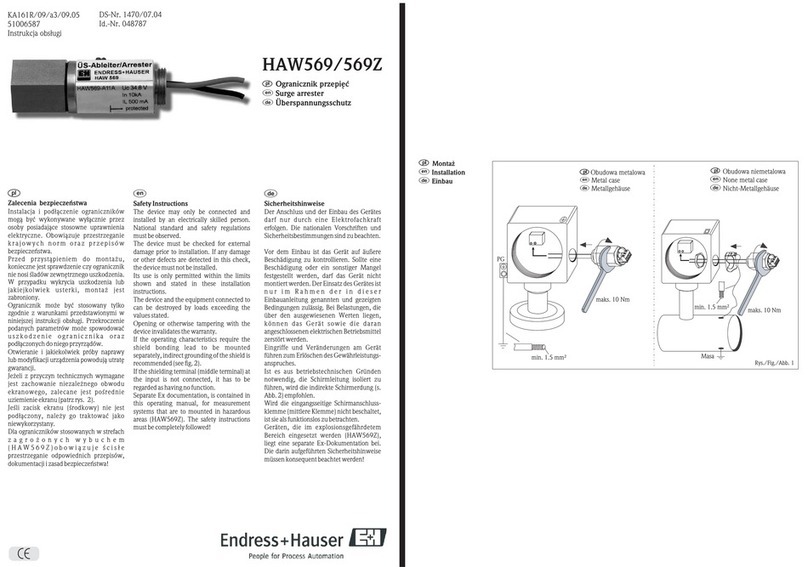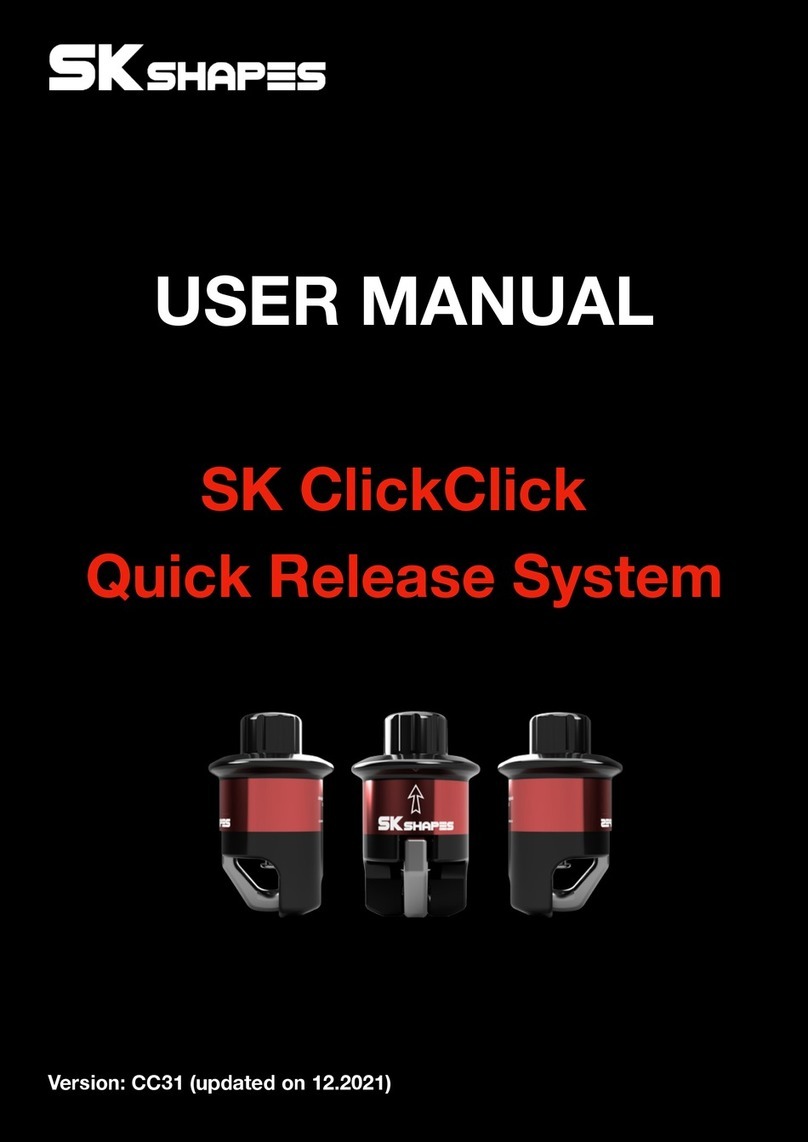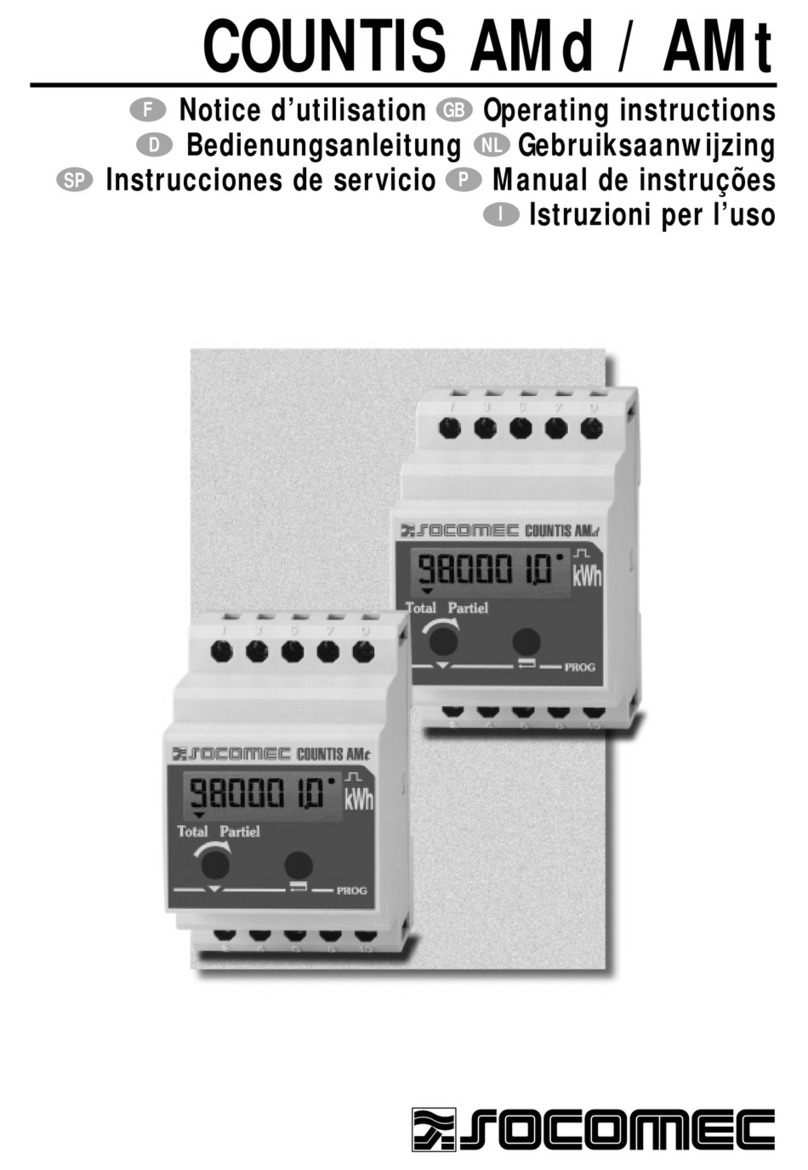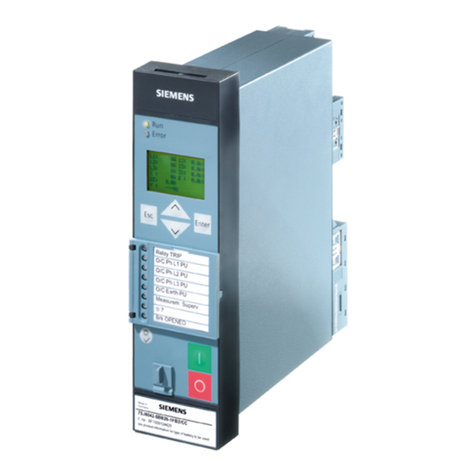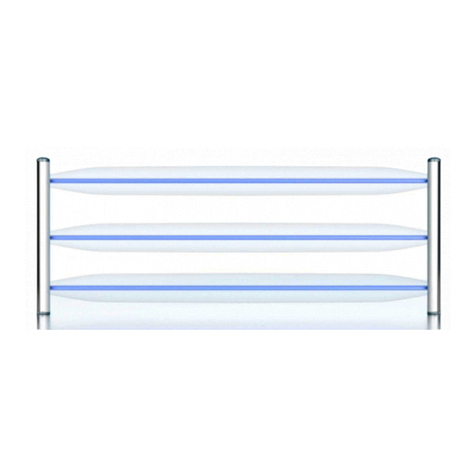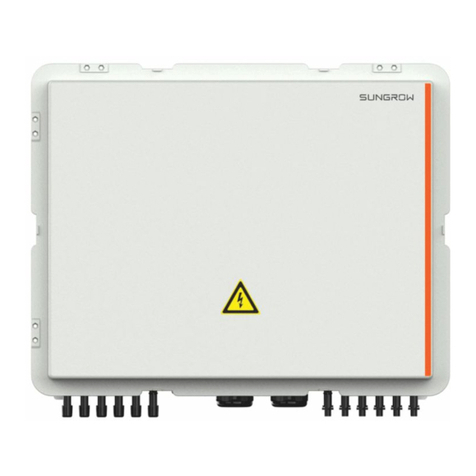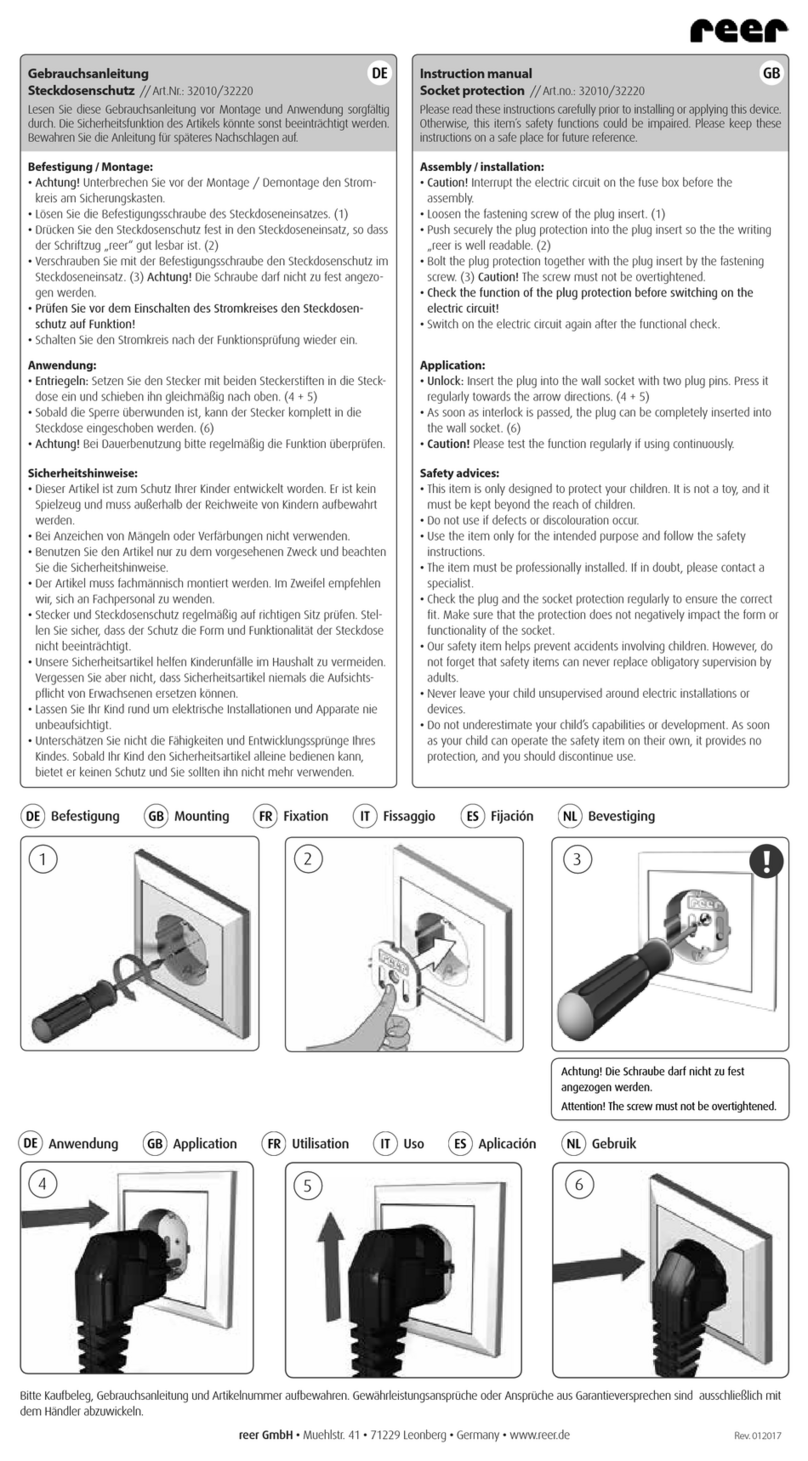
1
I. OVERVIEW
A. Introduction
The automatic network protectors covered by this instruction book are of the heavy duty,
motor-operated types for application in secondary AC network systems and are designated as
submersible and non-submersible.
The Richards 137NP Network Protector consists of a circuit breaker, a motor operated
mechanism, and an ETI Microprocessor Network Protector Relay that combines the
functions of a network master relay, and a network-phasing relay. The ETI MNPR®
provides all modes of operation, including sensitive, insensitive, time delay, instant, watt-var,
and inverse watt-var.
B. 137NP Submersible Network Protector
The 137NP network protectors consist essentially of a circuit breaker, a motor operated
mechanism, the necessary controlling relays, and auxiliary apparatus. These are all enclosed
in a water-tight case, for use in locations subject to submersion.
The breaker unit is an integral unit which is removable from the enclosure. The breaker
forms the rear portion of the unit with the operating mechanism and relay equipment in front.
The cover of the enclosure may be hinged from either side. Clear glass inspection windows
permit reading the operation counter and inspection of the fuses without opening the cover.
The enclosure is provided with an external handle for manual operation of the breaker unit.
This handle may be mounted on either side of the case as desired. A pressure test valve is
provided so that the enclosure may be tested for air tightness. Convenient pipe plugs are also
located on the side of the enclosure to permit installation of external auxiliary circuits, if so
desired. Lifting eyes are provided on all enclosures. Temporary and permanent mounting
supports are additional provisions. The cover is sealed to the case with gaskets compressed
by clamping strips and bolts.
There are two general styles of 137NP network protectors; one with the protector arranged
for wall or framework mounting independently of the network transformer, “Separately
Mounted”, and the other for bolting on to a three phase network transformer, “Transformer
Mounted”. Separately mounted protectors are arranged for connection of the cables from the
network transformers at the bottom of the enclosure and those to the network at the top. In
the transformer mounted style the connection to the transformer is made by bolting the
protector buses directly to the transformer secondary terminals.
Standard terminal facilities consist of various configurations of tangs, studs and quick
disconnect terminals surrounded by an insulator. Limiter and non-limiter terminals are also
available.
